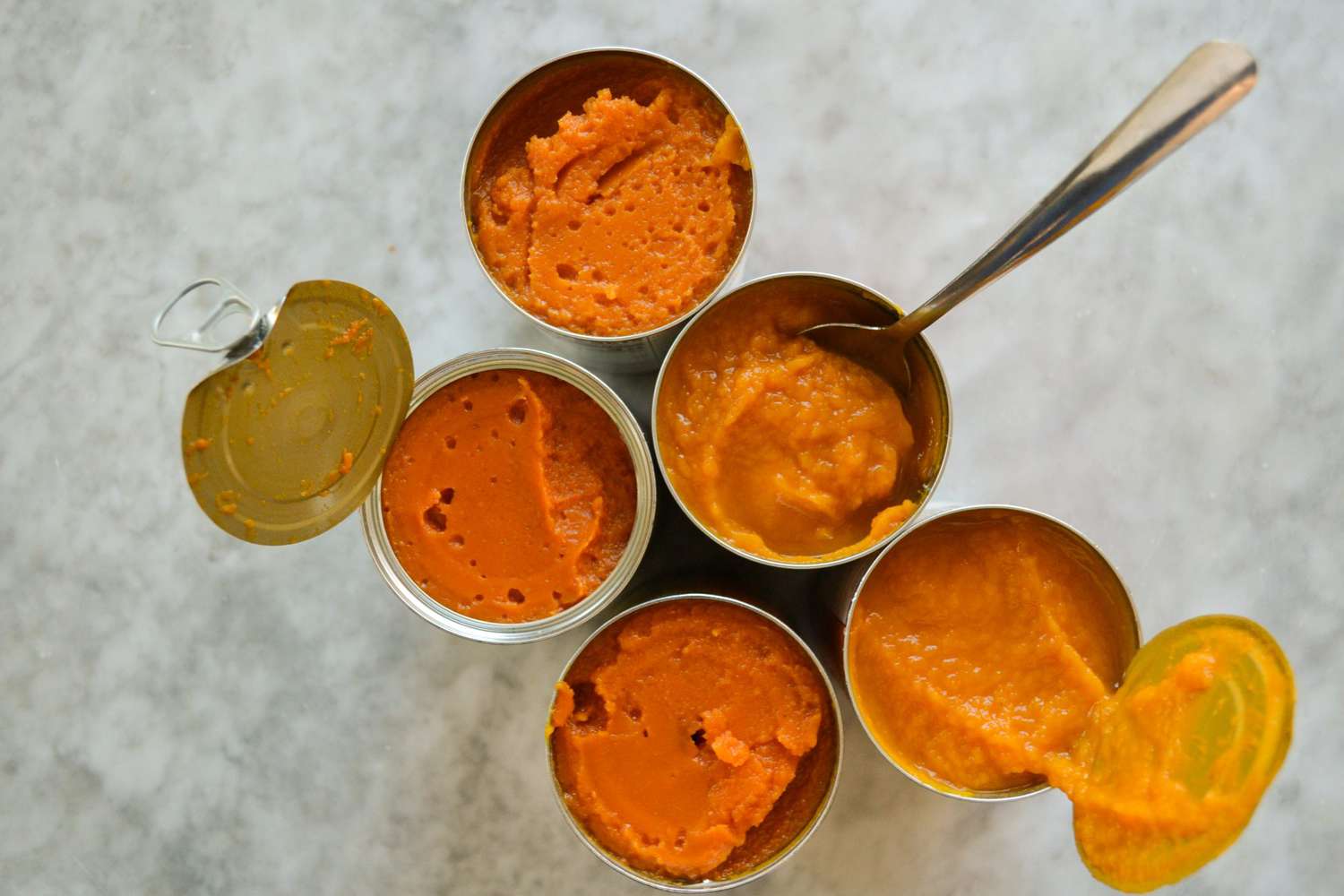

Articles
How To Store Canned Pumpkin Once Opened
Modified: October 28, 2024
Looking for tips on storing canned pumpkin once it's been opened? Read our helpful articles for expert advice on keeping your pumpkin fresh and delicious!
(Many of the links in this article redirect to a specific reviewed product. Your purchase of these products through affiliate links helps to generate commission for Storables.com, at no extra cost. Learn more)
Introduction
Canned pumpkin is a versatile ingredient that adds flavor and richness to a variety of dishes, from pumpkin pies and breads to soups and stews. However, once you open a can of pumpkin puree, you may find yourself with more than you need for a single recipe. Knowing how to properly store opened canned pumpkin is essential to ensure its freshness and avoid wastage.
Proper storage not only keeps the pumpkin puree safe for consumption but also helps maintain its quality and flavor. In this article, we will discuss the importance of storing canned pumpkin correctly and explore the best practices to ensure its longevity.
Key Takeaways:
- Properly storing opened canned pumpkin is crucial for maintaining its taste, texture, and safety. Whether transferring to an airtight container, freezing, or canning, these methods ensure the pumpkin remains fresh and usable for future culinary creations.
- Avoid common mistakes such as leaving pumpkin in the can, improper labeling, or using improper storage containers to maintain the freshness and quality of canned pumpkin. By following best practices and tips, you can enjoy the convenience and versatility of this versatile ingredient for an extended period.
Read more: How To Store Open Can Of Pumpkin
Why is it important to store canned pumpkin properly?
Storing canned pumpkin properly is crucial for several reasons. Firstly, it helps to maintain the taste and texture of the pumpkin puree. When exposed to air, canned pumpkin can quickly become dry and lose its creamy consistency, resulting in a less enjoyable culinary experience.
Furthermore, proper storage prevents the growth of bacteria and other harmful microorganisms that can contaminate the pumpkin puree. Just like any other perishable food, canned pumpkin can spoil if not stored correctly, leading to potential foodborne illnesses if consumed.
Another key reason to store canned pumpkin properly is to prevent it from absorbing odors and flavors from other foods in the refrigerator. Pumpkin puree is porous, meaning it can easily take on the smells and tastes of nearby ingredients. Storing it in an airtight container or freezer bag minimizes the risk of cross-contamination and preserves the pumpkin’s authentic flavor.
In addition, proper storage extends the shelf life of opened canned pumpkin. While unopened cans have a relatively long shelf life of up to two to five years, once opened, the pumpkin puree’s freshness is compromised. Storing it properly allows you to safely keep and use the leftovers for future recipes, minimizing waste and saving money.
Lastly, storing canned pumpkin properly allows for better organization in the kitchen. By storing it in a systematic and efficient manner, you can easily locate and retrieve the leftover pumpkin puree when needed, simplifying your cooking process.
Overall, by taking the time to store canned pumpkin properly, you can ensure its quality, safety, and longevity, paving the way for delicious and hassle-free culinary adventures in the kitchen.
Best practices for storing opened canned pumpkin
When it comes to storing opened canned pumpkin, there are several best practices to follow. These practices ensure that the pumpkin puree remains fresh, safe to consume, and maintains its quality for as long as possible.
Here are some of the best practices for storing opened canned pumpkin:
- Transferring to an airtight container: One of the simplest and most effective ways to store opened canned pumpkin is by transferring it to an airtight container. A glass or plastic container with a secure lid works well to keep the pumpkin puree fresh. Ensure that the container is clean and completely dry before transferring the pumpkin. Label the container with the date to keep track of its freshness.
- Freezing the leftover canned pumpkin: Freezing is another excellent option to extend the shelf life of opened canned pumpkin. Scoop the pumpkin puree into freezer-safe bags or containers, leaving some room for expansion. Seal the bags tightly, removing any excess air, to prevent freezer burn. Remember to label the bags with the date and portion size for easy reference when using in future recipes.
- Canning the remaining pumpkin puree: If you are familiar with the canning process, you can also choose to can the remaining pumpkin puree. Canning involves preserving the pumpkin by sealing it in sterilized jars, allowing for long-term storage without the need for refrigeration. Follow proper canning procedures and guidelines to ensure safety and optimal preservation.
By following these best practices, you can maintain the freshness, quality, and safety of the opened canned pumpkin, making it readily available for future culinary creations.
Option 1: Transferring to an airtight container
Transferring opened canned pumpkin to an airtight container is a convenient and effective way to store the leftover pumpkin puree. This method helps maintain the freshness and quality of the pumpkin, allowing you to use it in various recipes for an extended period.
Here’s how to transfer opened canned pumpkin to an airtight container:
- Select a suitable container: Choose a clean and dry container that is both airtight and food-safe. Glass or BPA-free plastic containers with tight-fitting lids are ideal for storing canned pumpkin. Make sure that the container is large enough to hold the amount of pumpkin puree you have leftover.
- Prepare the container: Before transferring the pumpkin puree, make sure the container is clean and free from any residue or odors. Wash it with warm soapy water, rinse thoroughly, and dry completely.
- Scoop and transfer: Using a clean spoon or spatula, scoop the leftover canned pumpkin from the can and transfer it into the airtight container. If the pumpkin has separated or there’s any liquid on top, gently stir it before transferring to ensure an even consistency.
- Seal and label: Once the pumpkin puree is in the container, seal it tightly with the lid. Ensure that the container is properly sealed to prevent air and moisture from entering. Additionally, label the container with the date of transfer. This will help you keep track of its freshness.
Once the pumpkin puree is stored in an airtight container, it can be refrigerated or frozen depending on your storage needs. When refrigerated, the pumpkin can typically last for 5-7 days. If you plan to keep it longer, consider freezing it using the instructions mentioned in the next section.
By transferring opened canned pumpkin to an airtight container, you can effectively preserve its freshness and enjoy the convenience of having delicious pumpkin puree on hand for future recipes.
Option 2: Freezing the leftover canned pumpkin
Freezing the leftover canned pumpkin is an excellent option for extending its shelf life and preserving its freshness. By freezing the pumpkin puree, you can ensure that it remains at its best quality until you’re ready to use it in your culinary creations.
Here’s how to freeze the leftover canned pumpkin:
- Prepare freezer-safe containers: Choose freezer-safe bags or containers that are specifically designed to withstand freezing temperatures. Make sure they are clean and dry before use. It’s recommended to use smaller portion-sized bags or containers to allow for convenient portioning when you need to use the frozen pumpkin puree in the future.
- Scoop and portion the pumpkin: Using a spoon or ice cream scoop, portion out the pumpkin puree into the freezer bags or containers. Leave some headspace in each bag or container to allow for expansion during freezing.
- Remove excess air: Before sealing the bags or containers, remove any excess air to prevent freezer burn. You can do this by gently pressing on the bags or using a straw to suck out the air if you’re using a resealable bag.
- Seal and label: Seal the bags or containers tightly, ensuring they are fully closed, to prevent any air or moisture from entering. Write the date of freezing on each bag or container, as well as the portion size, for easy reference later.
- Freeze: Place the bags or containers in the freezer, ensuring they are arranged in a flat position to save space and allow for even freezing. The pumpkin puree can be stored in the freezer for up to 3-4 months.
When you’re ready to use the frozen canned pumpkin, simply thaw it in the refrigerator overnight or defrost it in the microwave on a low setting. It’s important to note that the texture of the thawed pumpkin puree may be slightly different from its original state, but it will still be delicious and suitable for use in various recipes.
By freezing the leftover canned pumpkin, you can prevent waste, conveniently store it for future use, and enjoy the flavors of pumpkin throughout the year.
Store opened canned pumpkin in an airtight container in the refrigerator for up to 5-7 days. Alternatively, freeze it in a freezer-safe container for up to 3 months.
Read more: How To Store Vodka Once Opened
Option 3: Canning the remaining pumpkin puree
If you’re familiar with the canning process and want to preserve the remaining pumpkin puree for an extended period without the need for refrigeration or freezing, canning is a great option. By canning the pumpkin puree, you can ensure its long-term storage and have it readily available whenever you need it.
Here’s how to can the remaining pumpkin puree:
- Gather the necessary equipment: To can the pumpkin puree, you will need canning jars, lids, and bands. Make sure the jars are sterilized and in good condition, and the lids and bands are new and free from any damages.
- Prepare the pumpkin puree: Transfer the remaining pumpkin puree from the can into a large saucepan. Heat it gently over low to medium heat, stirring occasionally, to ensure it is heated evenly.
- Sterilize the canning jars: While the pumpkin puree is heating, sanitize the canning jars by placing them in a large pot of boiling water. Leave them in the boiling water for about 10 minutes, ensuring they are fully submerged.
- Fill the canning jars: Carefully remove the sterilized jars from the boiling water using jar lifters. Fill the jars with the hot pumpkin puree, leaving about 1/2 inch of headspace at the top. Remove any air bubbles by gently tapping the jars or using a plastic spatula.
- Seal the jars: Wipe the rims of the jars with a clean, damp cloth to remove any residue or spills. Place the lids on top and screw on the bands until they are fingertip tight – not too loose and not too tight.
- Process the jars: Submerge the filled jars in a water bath canner, ensuring they are covered with water by at least one inch. Process the jars according to the recommended processing time for pumpkin puree (usually around 25 minutes). Follow the instructions provided with your canner for proper processing.
- Cool and store: Once the processing time is complete, carefully remove the jars from the canner and place them on a towel-lined countertop. Allow the jars to cool completely, undisturbed, for several hours or overnight. Listen for the satisfying “pop” sound, indicating that the jars have properly sealed. Label the jars with the date and contents before storing them in a cool, dark place.
When you’re ready to use the canned pumpkin puree, simply open a jar, check for any signs of spoilage, and use as desired in your recipes. The canned pumpkin puree can last for up to one year when stored in a cool and dark pantry.
By canning the remaining pumpkin puree, you can ensure its long-term storage, convenience, and availability for all your pumpkin-inspired culinary endeavors.
Tips for storing canned pumpkin in the refrigerator
If you choose to store opened canned pumpkin in the refrigerator, there are a few key tips to keep in mind to ensure its freshness and quality during storage. By following these tips, you can maximize the shelf life of the pumpkin puree and prevent any spoilage or flavor loss.
Here are some helpful tips for storing canned pumpkin in the refrigerator:
- Transfer to an airtight container: When storing canned pumpkin in the refrigerator, it is important to transfer it to an airtight container. This helps to keep the pumpkin puree fresh and prevent it from absorbing any strong odors from other foods in the fridge. A glass or plastic container with a tight-fitting lid works well for this purpose.
- Date the container: To keep track of the freshness of the pumpkin puree, it is recommended to label the container with the date of transfer. This way, you can easily determine how long the pumpkin has been stored and when it should be used by.
- Place it on a shelf: Store the container of canned pumpkin on a shelf in the refrigerator rather than on the refrigerator door. The door tends to experience more temperature fluctuations, which can affect the pumpkin’s quality and shelf life.
- Keep away from strong-smelling foods: To prevent the pumpkin puree from absorbing unwanted flavors, it is best to store it away from strong-smelling foods such as onions, garlic, or pungent cheeses. This helps maintain the pumpkin’s natural flavor and aroma.
- Check for signs of spoilage: Regularly inspect the stored canned pumpkin for any signs of spoilage. If you notice any mold growth, off-putting odor, or significant changes in texture or color, it is best to discard the pumpkin puree to avoid any potential foodborne illnesses.
By following these tips, you can ensure that your stored canned pumpkin remains fresh and safe to use in your recipes for the recommended time in the refrigerator.
Common mistakes to avoid when storing canned pumpkin
When it comes to storing canned pumpkin, there are some common mistakes that people make which can lead to spoilage, loss of quality, or safety concerns. By being aware of these mistakes, you can ensure that your stored canned pumpkin remains fresh and safe for future use.
Here are some common mistakes to avoid when storing canned pumpkin:
- Leaving the pumpkin in the can: One of the biggest mistakes is leaving the pumpkin in the original can after opening. The can’s metal surface can transfer flavors and odors to the pumpkin, compromising its quality. Always transfer the pumpkin to an airtight container for proper storage.
- Not labeling the storage container: Failing to label the container with the date of transfer can make it difficult to keep track of the pumpkin’s freshness. Labeling the container ensures that you know when the pumpkin was stored and can use it within a reasonable timeframe.
- Storing in the refrigerator door: The refrigerator door experiences temperature fluctuations due to frequent opening and closing. Storing canned pumpkin in the door can compromise its quality and shelf life. Instead, store it on a shelf in the main body of the refrigerator where temperature is more consistent.
- Allowing exposure to air: Air exposure can cause the pumpkin puree to dry out and spoil more quickly. Always make sure to use airtight containers for storing canned pumpkin to prevent moisture loss and maintain its freshness.
- Not checking for signs of spoilage: It’s important to regularly check the stored pumpkin for any signs of spoilage, such as mold growth, off-putting odor, or changes in texture or color. If you notice any of these signs, discard the pumpkin to avoid the risk of consuming spoiled food.
- Freezing in improper containers: When freezing leftover canned pumpkin, it’s essential to use freezer-safe bags or containers that are specifically designed for freezing. Regular plastic bags may not prevent freezer burn or maintain the pumpkin’s quality effectively.
- Keeping the pumpkin for too long: While canned pumpkin has a relatively long shelf life, it does have a limit. It’s important to use the stored pumpkin within a reasonable time frame and adhere to the recommended storage times to ensure optimal flavor, texture, and safety.
By avoiding these common mistakes and following proper storage practices, you can maintain the freshness and quality of your canned pumpkin, ensuring that it remains delicious and safe for use in your favorite recipes.
Conclusion
Properly storing opened canned pumpkin is essential to maintain its freshness, quality, and safety. By following the best practices outlined in this article, you can make the most of your leftover pumpkin puree and minimize waste. Whether you choose to transfer it to an airtight container, freeze it, or even can it, each method ensures that the pumpkin remains usable and delicious for an extended period.
Transferring the pumpkin puree to an airtight container helps preserve its taste and texture, while freezing it allows for long-term storage and convenience. Canning the remaining pumpkin puree offers a way to store it without the need for refrigeration or freezing, perfect for those who enjoy home canning. Remember to label your containers and track the storage time to ensure that you use the pumpkin within a reasonable period.
When storing canned pumpkin in the refrigerator, using an airtight container and keeping it away from strong-smelling foods are critical. Regularly checking for signs of spoilage will help ensure that the pumpkin puree is safe to consume. Avoiding common mistakes such as leaving the pumpkin in the original can, improper labeling, and using improper storage containers are also key to maintaining its quality.
By implementing these storage techniques and avoiding common mistakes, you can enjoy the convenience and versatility of canned pumpkin for a longer period. Whether you are making pumpkin pies, bread, or savory dishes, having properly stored canned pumpkin on hand allows you to effortlessly incorporate its delicious flavors into your cooking.
So, the next time you have opened canned pumpkin that you can’t use all at once, remember these tips and techniques to ensure that your pumpkin puree stays fresh, tasty, and ready to elevate your recipes. Happy pumpkin adventures!
Frequently Asked Questions about How To Store Canned Pumpkin Once Opened
Was this page helpful?
At Storables.com, we guarantee accurate and reliable information. Our content, validated by Expert Board Contributors, is crafted following stringent Editorial Policies. We're committed to providing you with well-researched, expert-backed insights for all your informational needs.
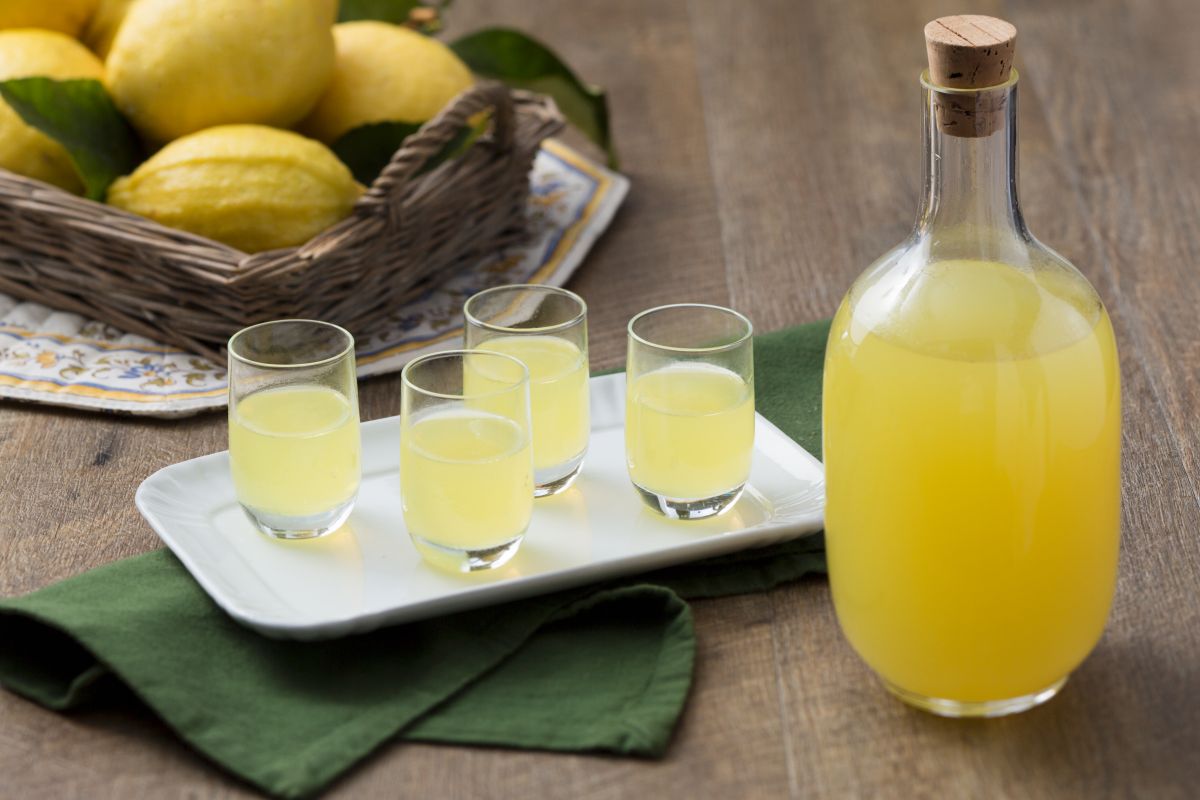
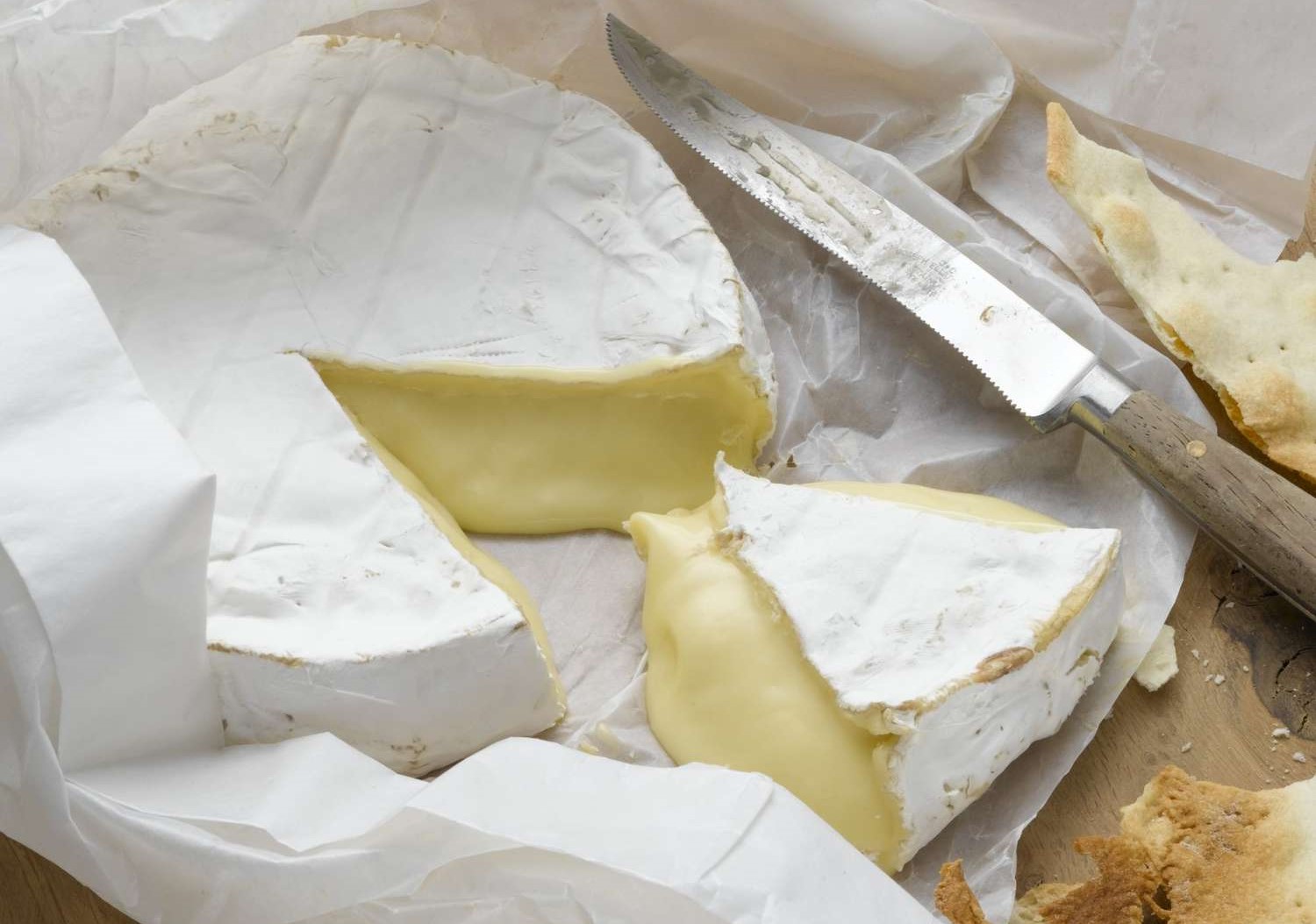

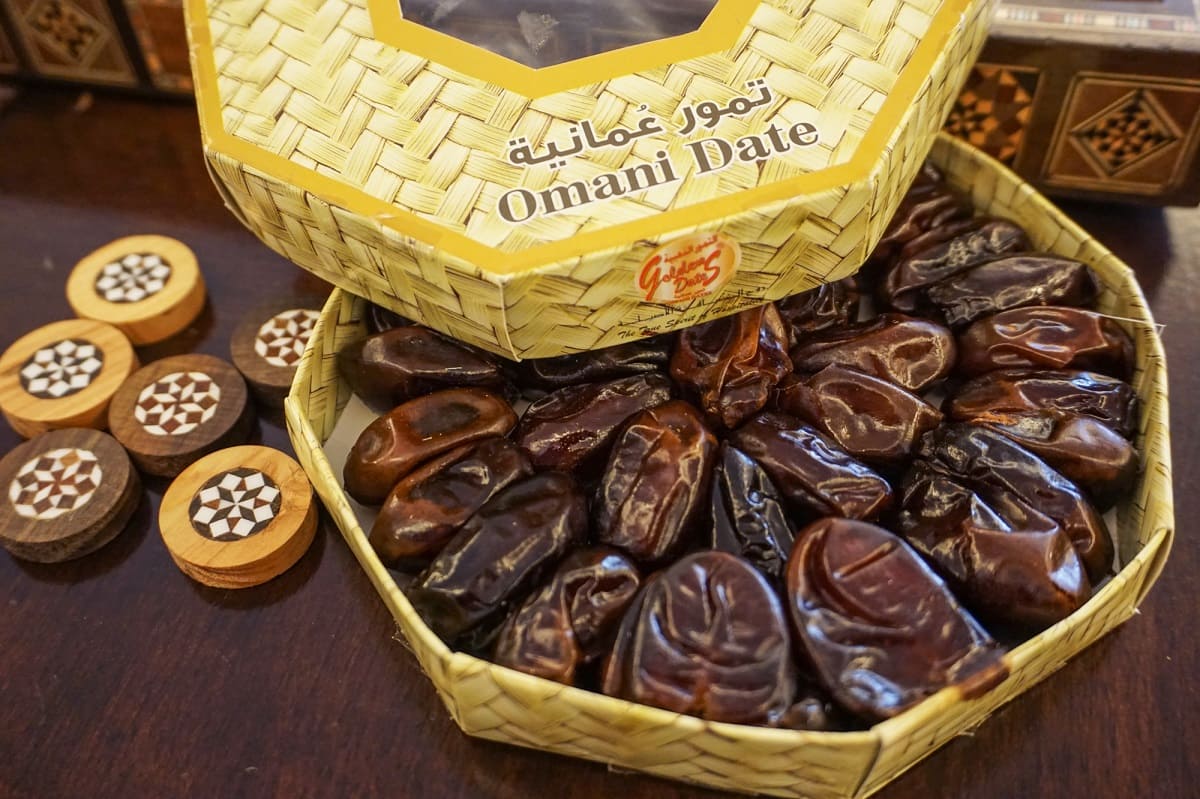
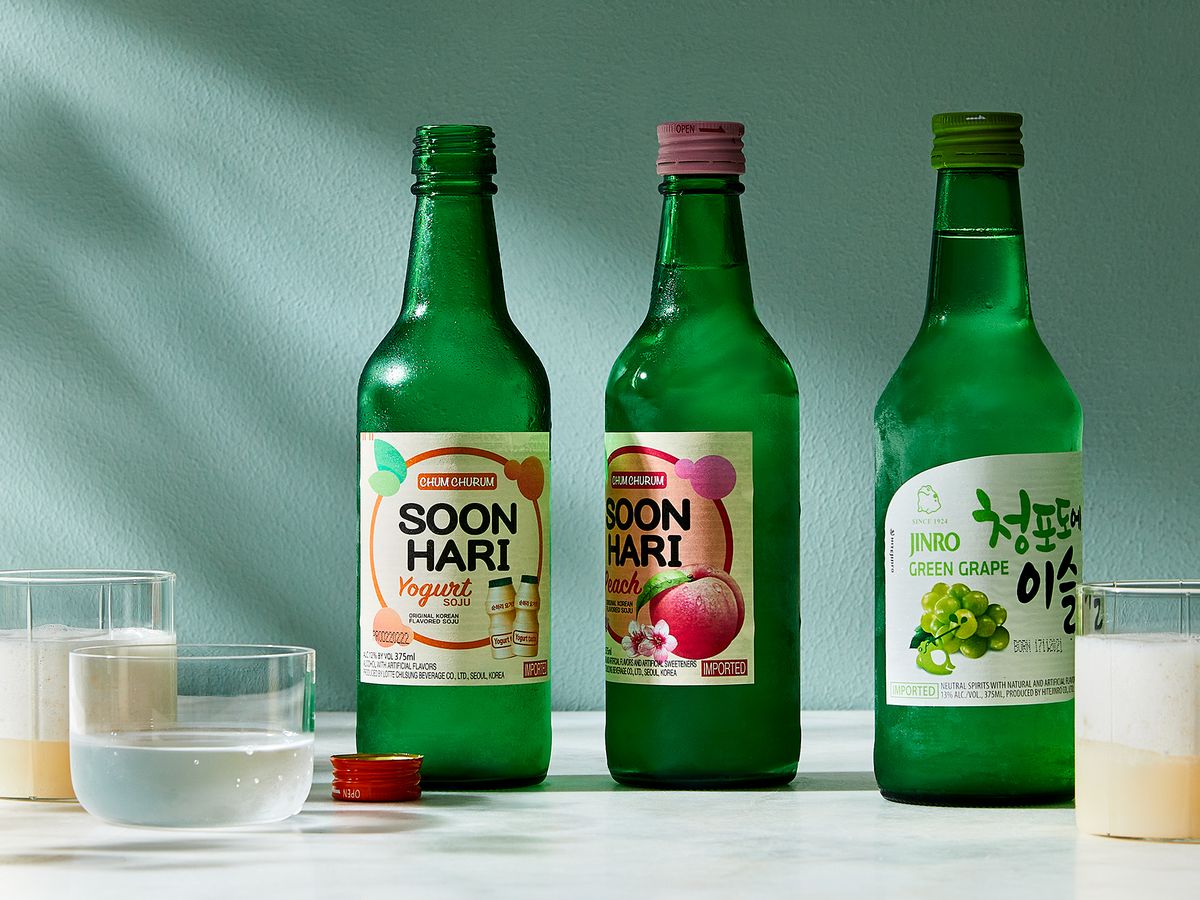

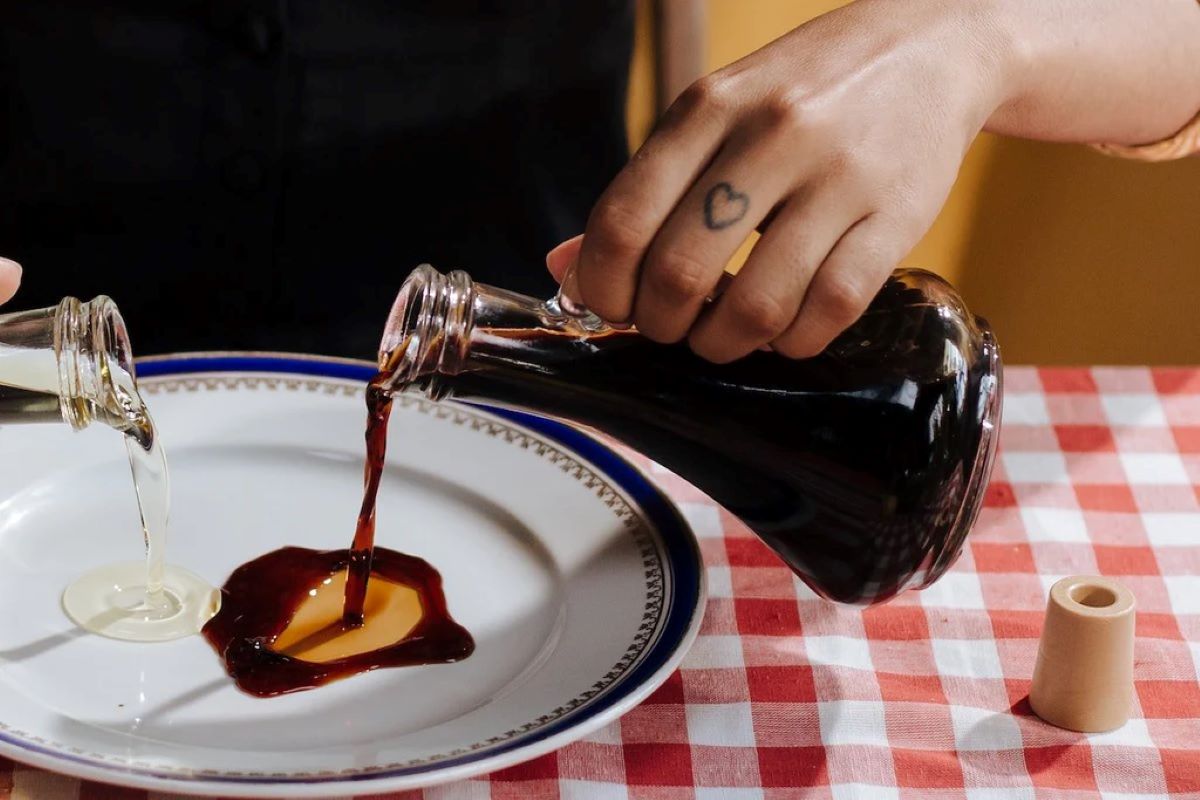
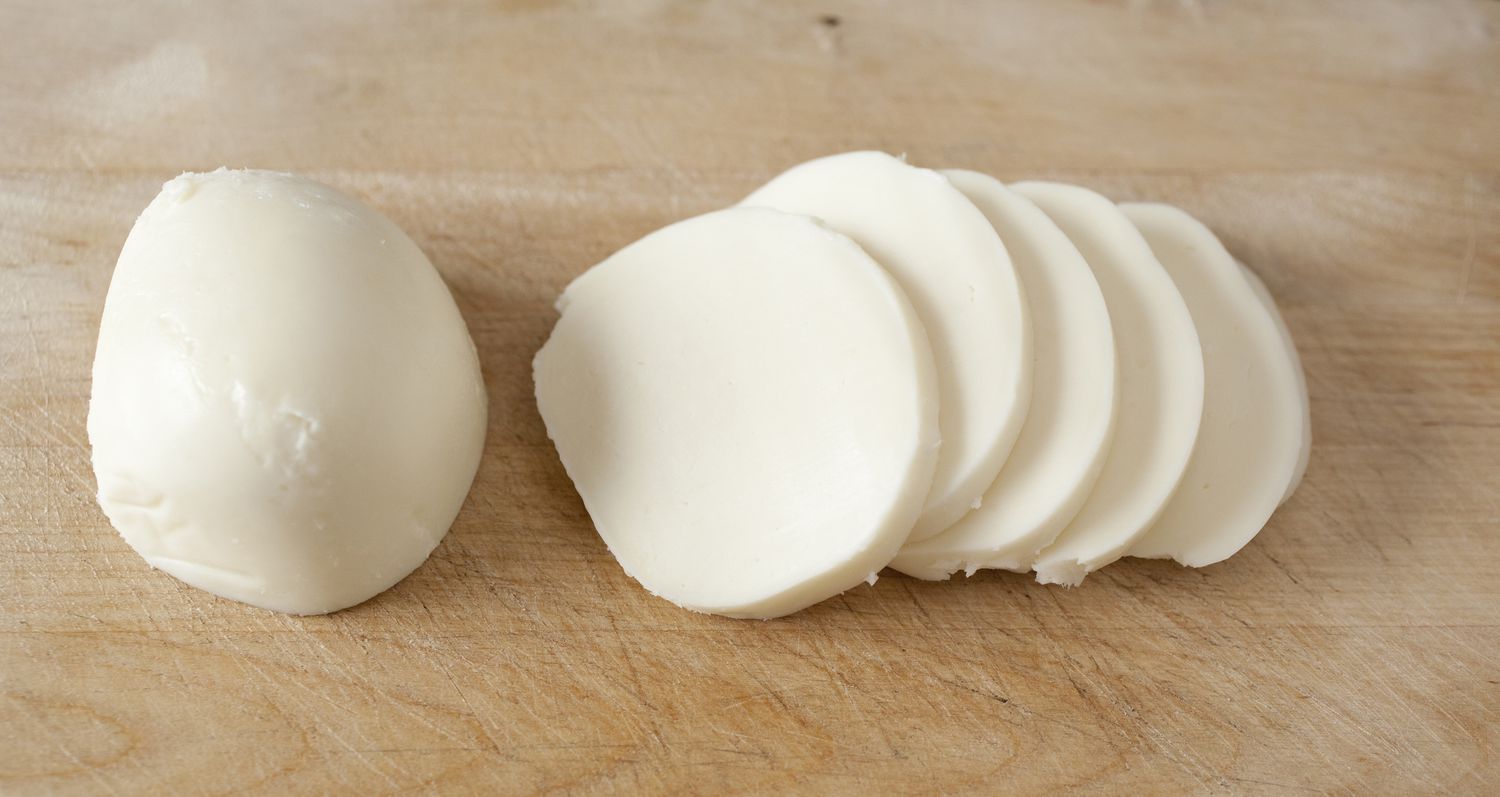
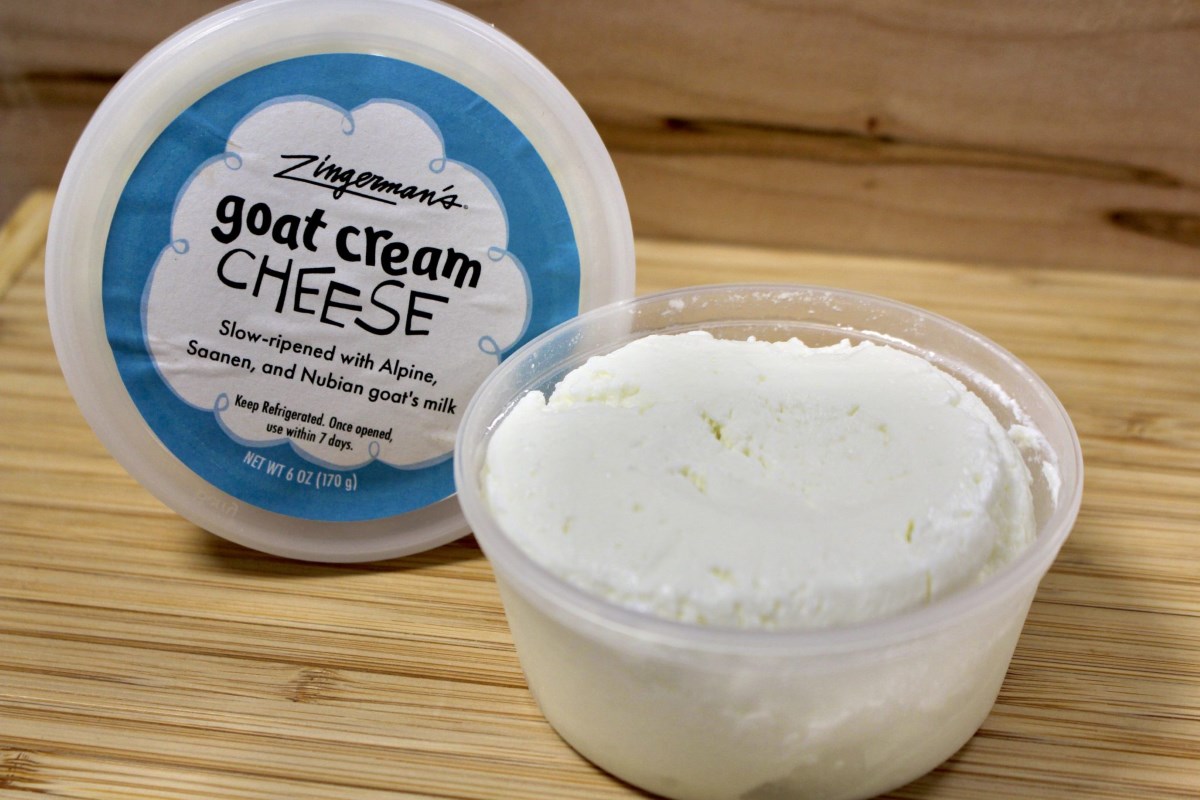
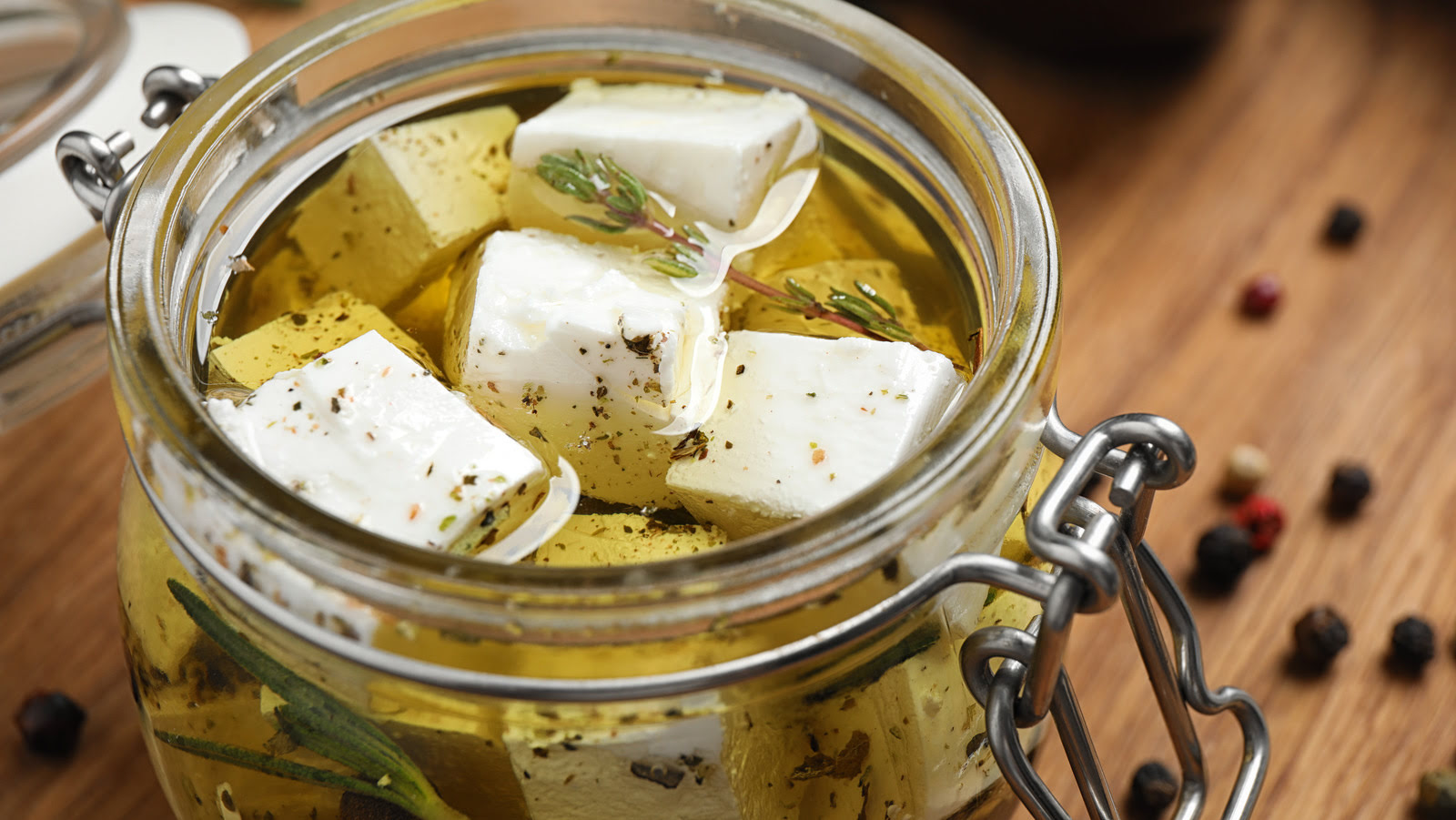
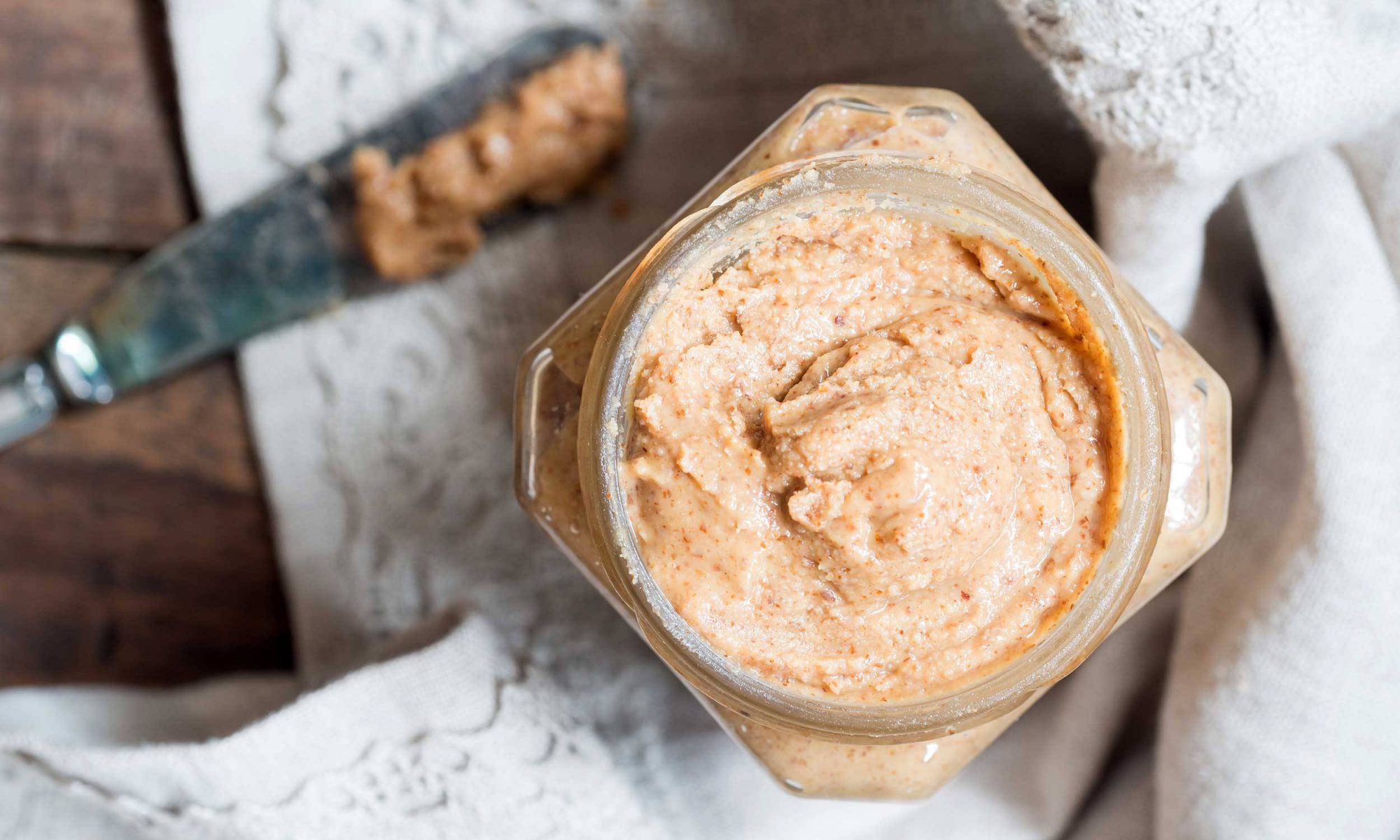
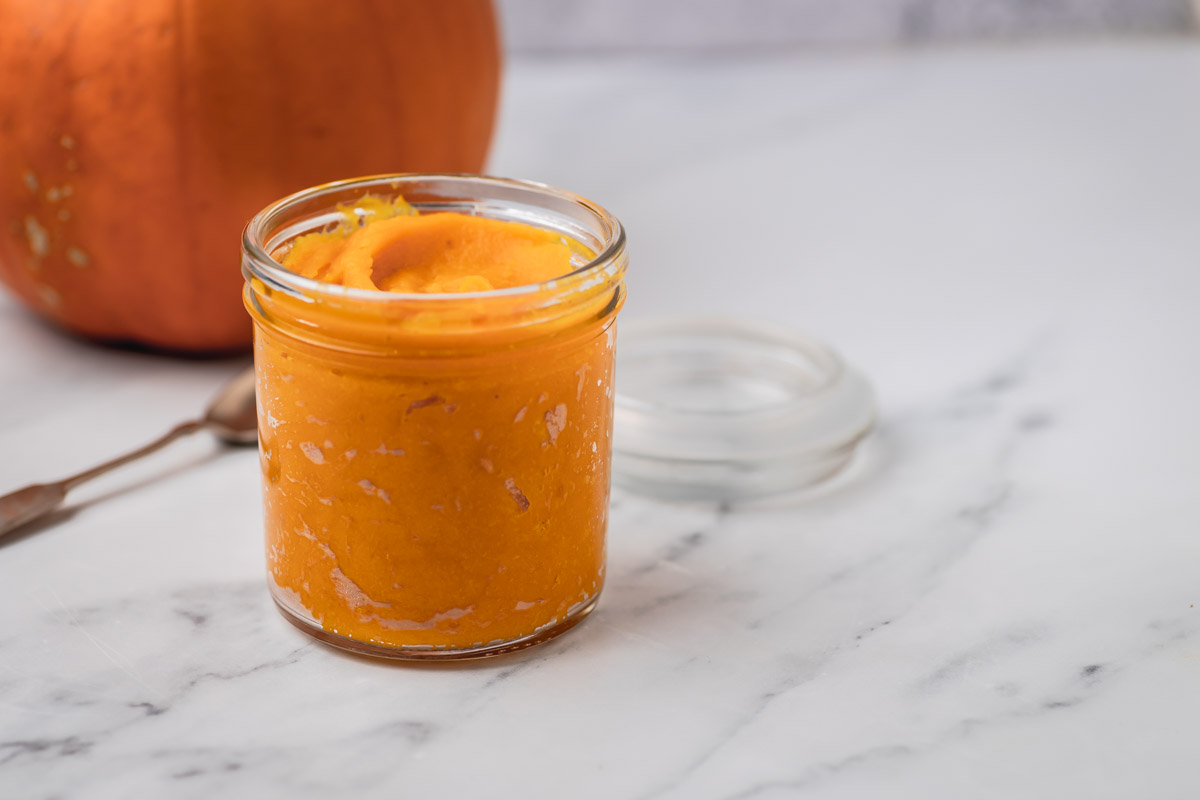
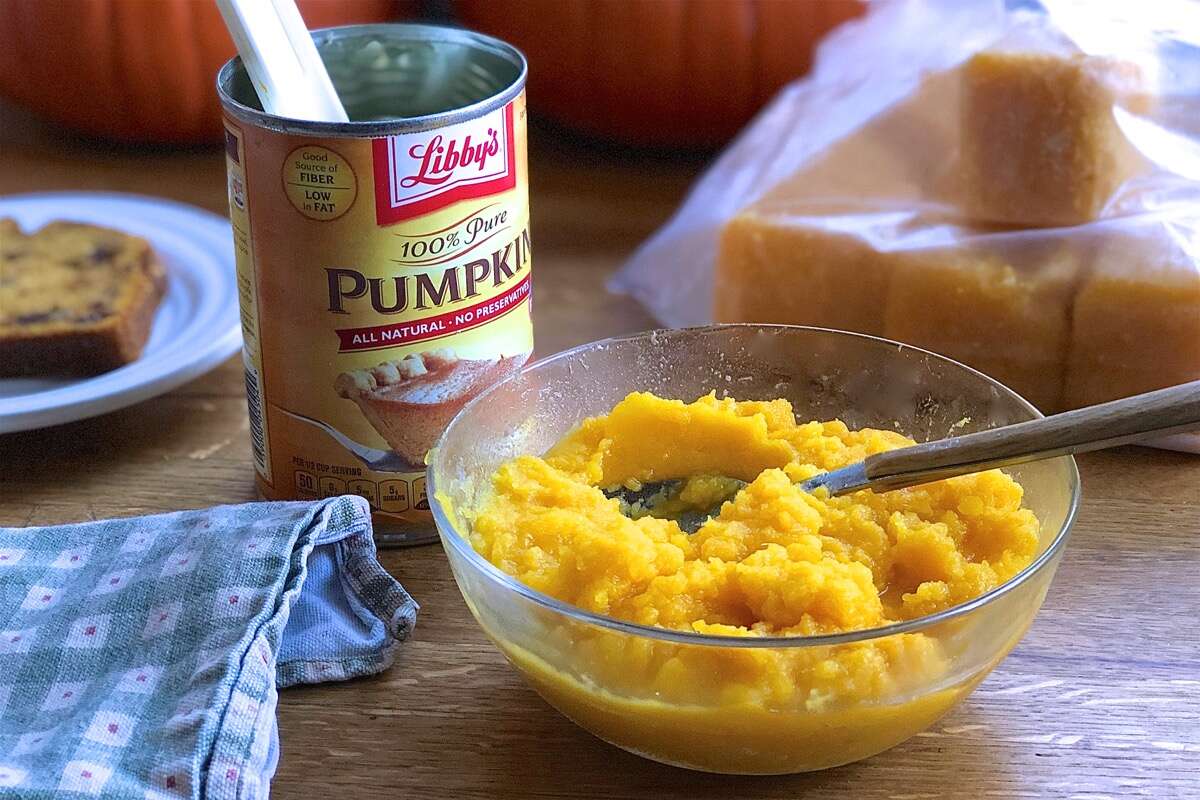


0 thoughts on “How To Store Canned Pumpkin Once Opened”